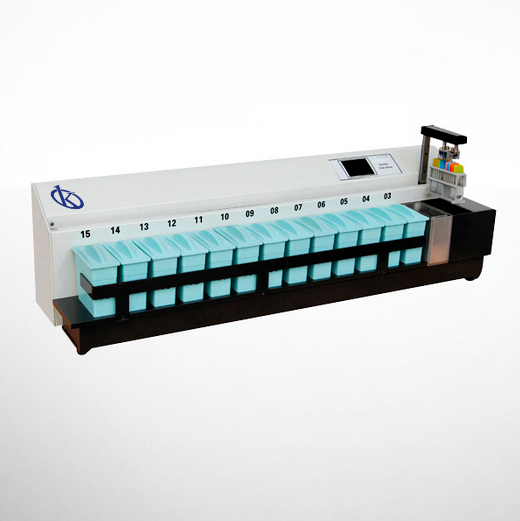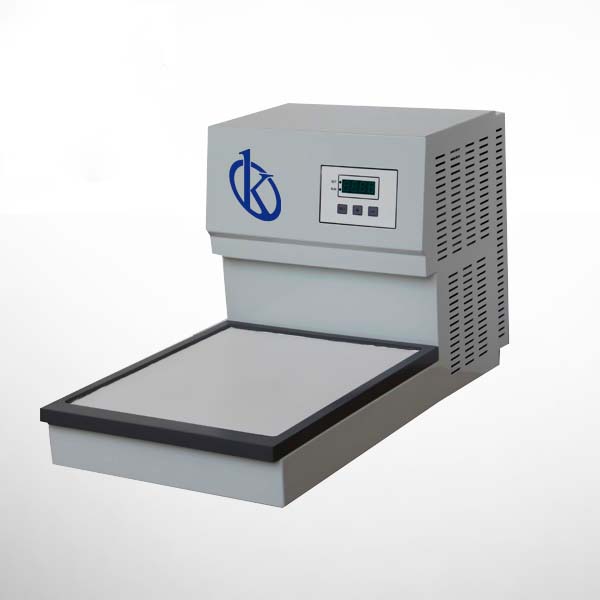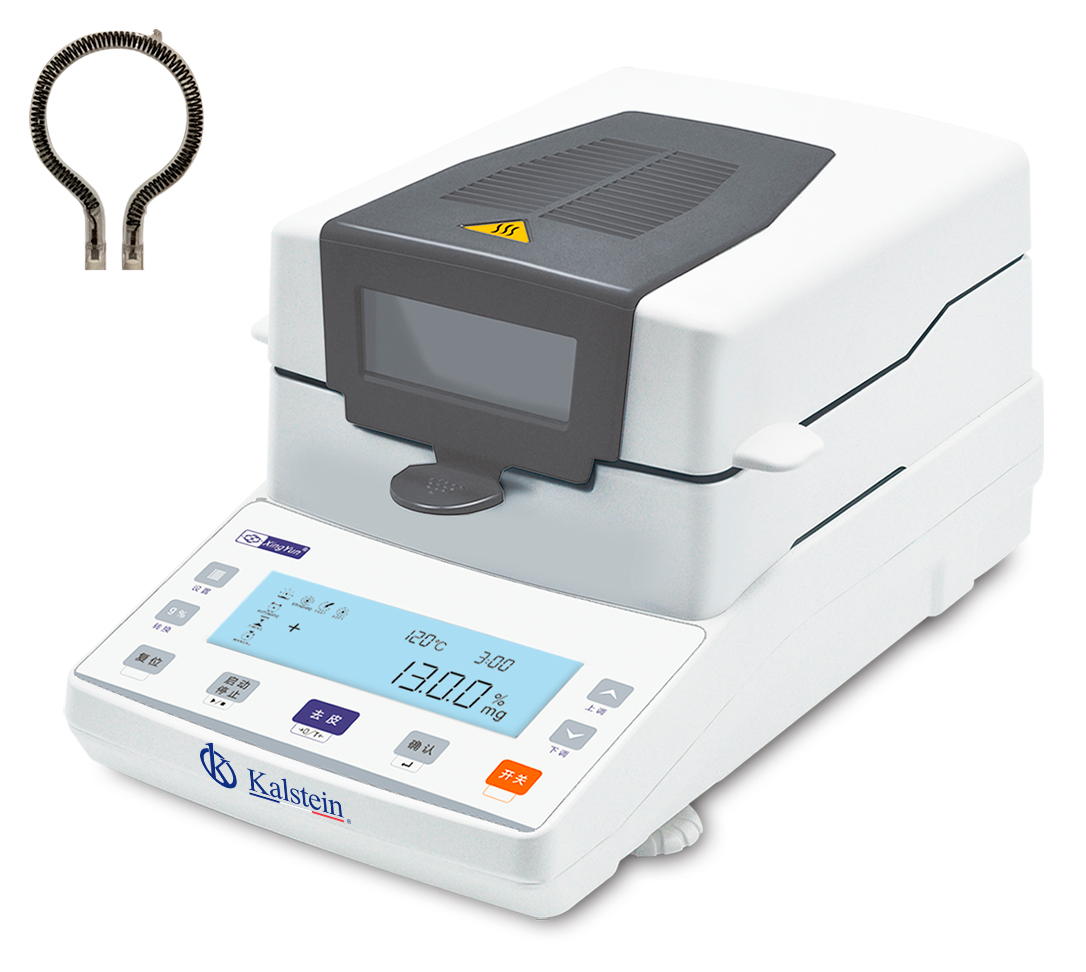The pH meter is used to determine the degree of decline of a sample. This is important because it indicates the amount of acid or base in the sample and determines the degree of contamination. Likewise, it measures the concentration of H+ ions in a sample, where it is directly related to the alkalinity of the sample, the higher the concentration of ions, the more acidic the sample. In contrast, the lower the ion concentration, the more basic the sample.
Most meters use a probe to measure the pH of a solution. The probe is equipped with an electrode that is immersed in the solution, the electrode is connected and records the reading. Most pH meters also have a screen that shows the reading, and it is important because it can indicate whether it is an acid, a base, or a neutral substance.
Functional Features
The pH meters are used in a variety of applications, including the food, chemical, pharmaceutical and cosmetic industry. They are used to control and adjust the pH of the products. They are also used in scientific research to study chemical reactions. These meters use a glass electrode that is immersed in the solution to be measured. The glass in the electrode is in contact with the solution and ionized.
Meters are essential to study the reduction of a sample because they allow us to know the pH of the solution. The pH tells us whether the solution is acidic, basic or neutral. Acidic solutions have a grade below 7, basic solutions are above 7, and neutral solutions have a pH of 7. Reduction of a sample can be studied by measuring the pH of the solution. The most advanced pH meters are glass electrode meters.
How is the Ph Meter calibrated?
The pH meter consists of a glass electrode that is immersed in the solution to be measured. The glass electrode is connected to a potentiometer that measures the electrical potential between the electrode and a reference electrode. The measured electrical potential translates into a pH reading on the meter display.
The meters are calibrated with a standard solution of pH 7 before each use. A sample of the solution to be measured should be taken and placed in the beaker. The glass electrode is then immersed in the solution and connected to the pH meter. The potentiometer is adjusted until the meter display indicates the level. Then a sample of the solution to be measured is taken and placed in the beaker. The glass electrode is immersed in the solution and connected to the meter, shows the reading on the screen and records the concentration of H+ in the sample.
Ph meters are sensitive to the temperature of the solution. Therefore, it is important to keep the temperature of the solution constant during measurement. Most laboratories maintain the temperature of the solutions to be measured between 20-25°C.
Kalstein Ph Meter
Currently, in the market there are several brands of Ph Meters, but in Kalstein we have for our users the best laboratory equipment that any customer wants, they belong to the YR series, and has Calibration from 2 to 5 points of low to high concentrations. Selectable units of measurement (German grade, English grade, French grade, mmol/L and mg/L) are used for professional measurements of water hardness.
To learn more about our products, visit our catalog from HERE
We are manufacturers of the best electronic equipment and we have the best advice to make your purchase the most appropriate and at excellent prices. Visit HERE




